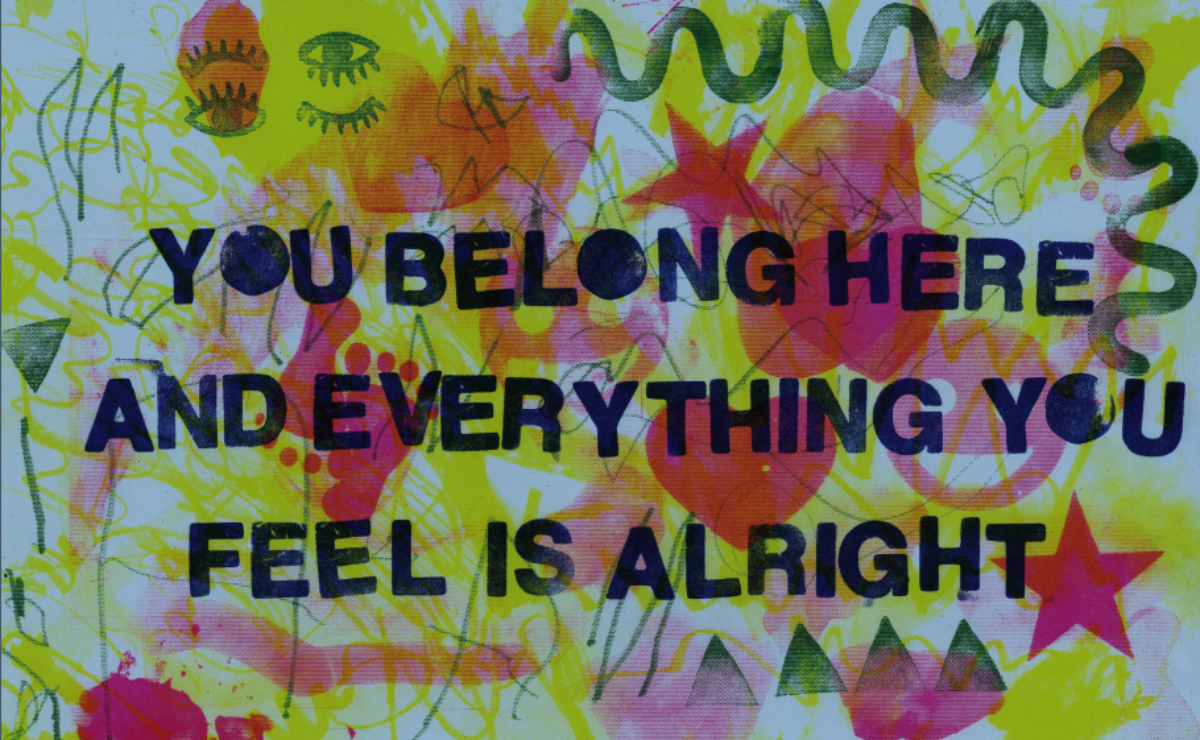“So if we think about this intersection, the roads to the intersection would be the way that the workforce was structured by race and by gender. And then the traffic in those roads would be the hiring policies and the other practices that ran through those roads. Now, because Emma was both black and female, she was positioned precisely where those roads overlapped, experiencing the simultaneous impact of the company’s gender and race traffic. The law — the law is like that ambulance that shows up and is ready to treat Emma only if it can be shown that she was harmed on the race road or on the gender road but not where those roads intersected.”
I think Crenshaw’s metaphor for intersectionality here is absolutely spot-on. When it comes to marginalization, it is as if the more oppression you connect with the less visibility you receive, which leads to further injustice. This was definitely apparent in the Anita Hill documentary. Where could she go for protection and support? Would white women defend her? Would black men defend her? Obviously the old white men who were basically putting her on trial weren’t going to. However, the way she was spoken to and treated displayed characteristics and both racism and sexism. Watching was definitely a little disheartening, seeing some familiar faces on Judiciary Committee who are still playing some pretty big roles 30 years later, and wondering if anything would actually go any differently today.
